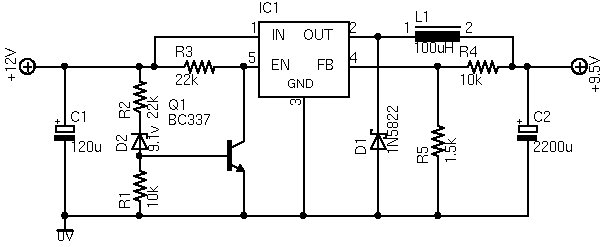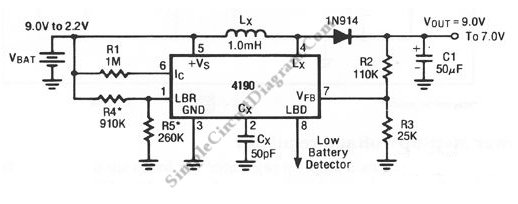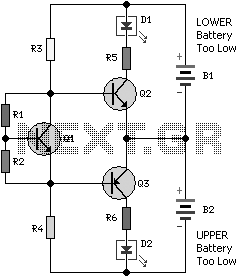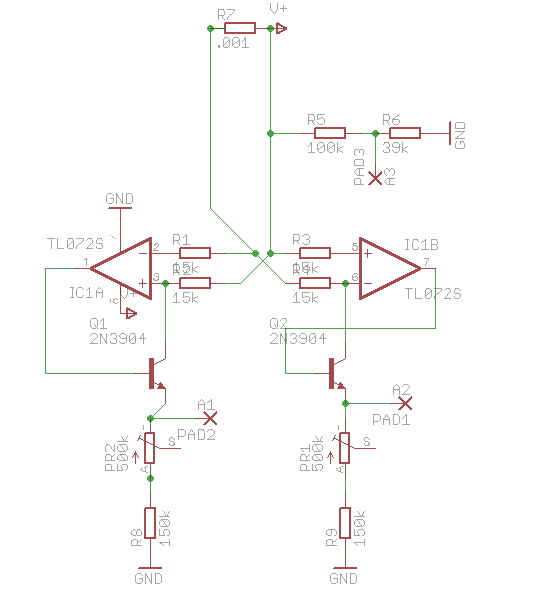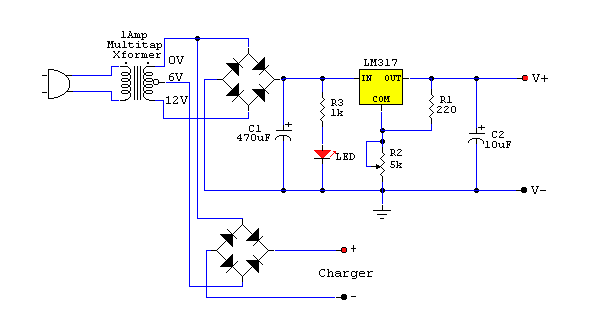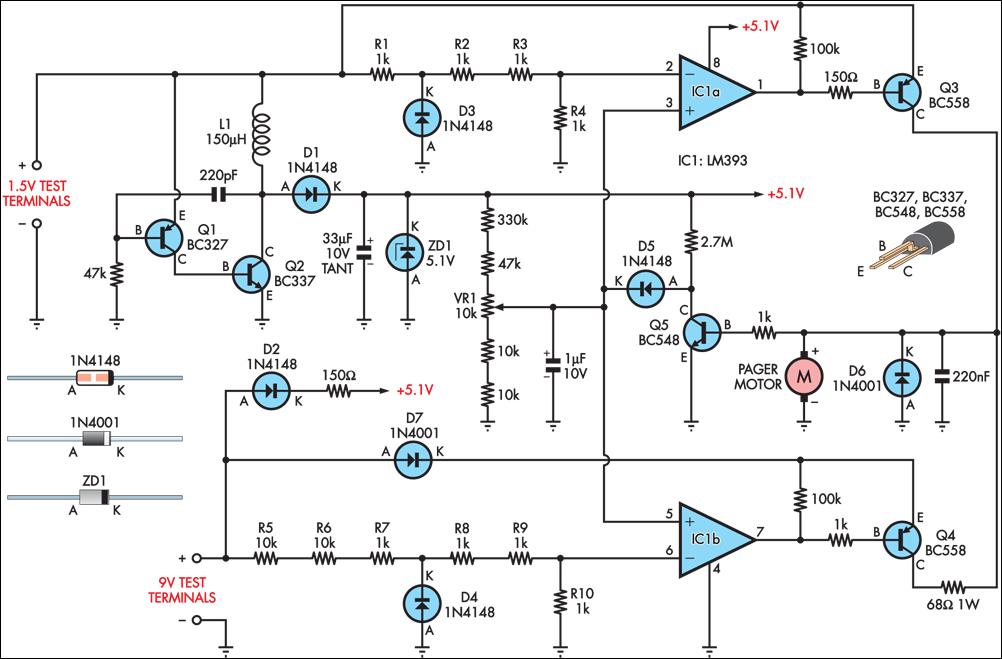
Ni-Cad battery charger

The short in a Ni-Cad battery can be "burned off" with this zapper. The use of the SCR prevents heavy discharge current from damaging the switch contacts. More: follow the diagram.
This circuit utilizes a zapper to eliminate shorts in nickel-cadmium (Ni-Cad) batteries. The design incorporates a silicon-controlled rectifier (SCR) to manage the discharge current effectively. The SCR serves as a switch that can handle high currents, ensuring that the heavy discharge does not affect the integrity of the switch contacts.
In the schematic, the zapper is connected to the battery terminals, allowing for a controlled discharge to occur when a short is detected. When activated, the SCR allows current to flow through the short circuit, generating heat that effectively "burns off" the short. This process requires careful calibration to ensure that the current level is sufficient to clear the short without causing damage to the battery or the zapper circuitry.
The circuit may also include additional components such as resistors and capacitors to stabilize the operation and provide feedback to the SCR. The use of a diode may also be included to prevent reverse current flow, which could potentially harm the circuit. Proper heat dissipation mechanisms should be considered to ensure the SCR does not overheat during operation.
Overall, this circuit provides a practical solution for addressing shorts in Ni-Cad batteries, enhancing their longevity and reliability in various applications. Following the provided diagram will ensure accurate assembly and functionality of the zapper circuit.The short in a Ni-Cad battery can be "burned off" with this zapper. Use of the SCR keeps heavy discharge current from damaging switch contacts. follow the diagram.
This circuit utilizes a zapper to eliminate shorts in nickel-cadmium (Ni-Cad) batteries. The design incorporates a silicon-controlled rectifier (SCR) to manage the discharge current effectively. The SCR serves as a switch that can handle high currents, ensuring that the heavy discharge does not affect the integrity of the switch contacts.
In the schematic, the zapper is connected to the battery terminals, allowing for a controlled discharge to occur when a short is detected. When activated, the SCR allows current to flow through the short circuit, generating heat that effectively "burns off" the short. This process requires careful calibration to ensure that the current level is sufficient to clear the short without causing damage to the battery or the zapper circuitry.
The circuit may also include additional components such as resistors and capacitors to stabilize the operation and provide feedback to the SCR. The use of a diode may also be included to prevent reverse current flow, which could potentially harm the circuit. Proper heat dissipation mechanisms should be considered to ensure the SCR does not overheat during operation.
Overall, this circuit provides a practical solution for addressing shorts in Ni-Cad batteries, enhancing their longevity and reliability in various applications. Following the provided diagram will ensure accurate assembly and functionality of the zapper circuit.The short in a Ni-Cad battery can be "burned off" with this zapper. Use of the SCR keeps heavy discharge current from damaging switch contacts. follow the diagram.
